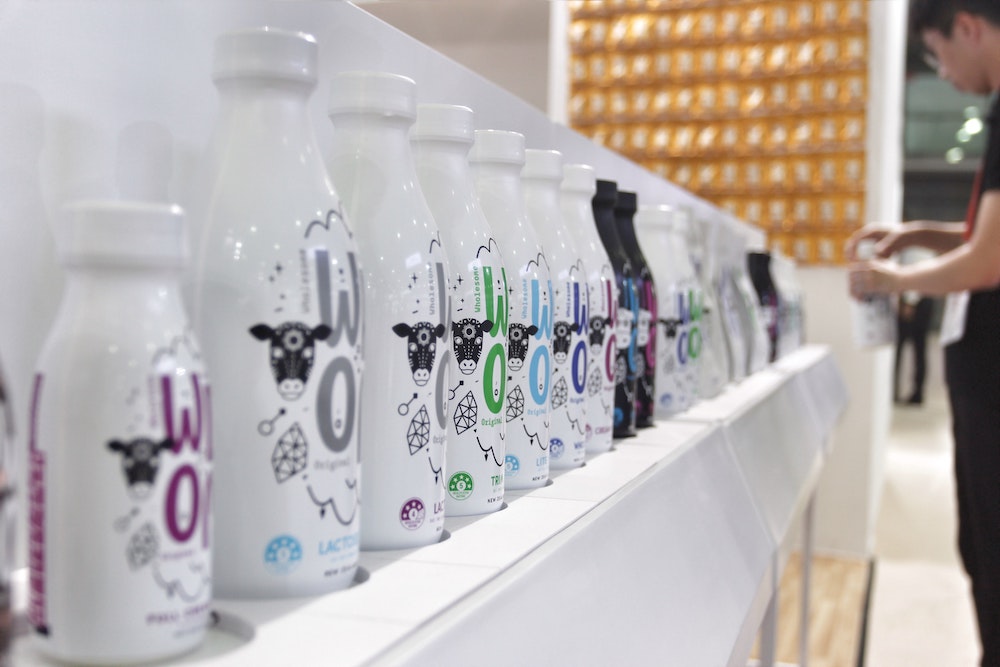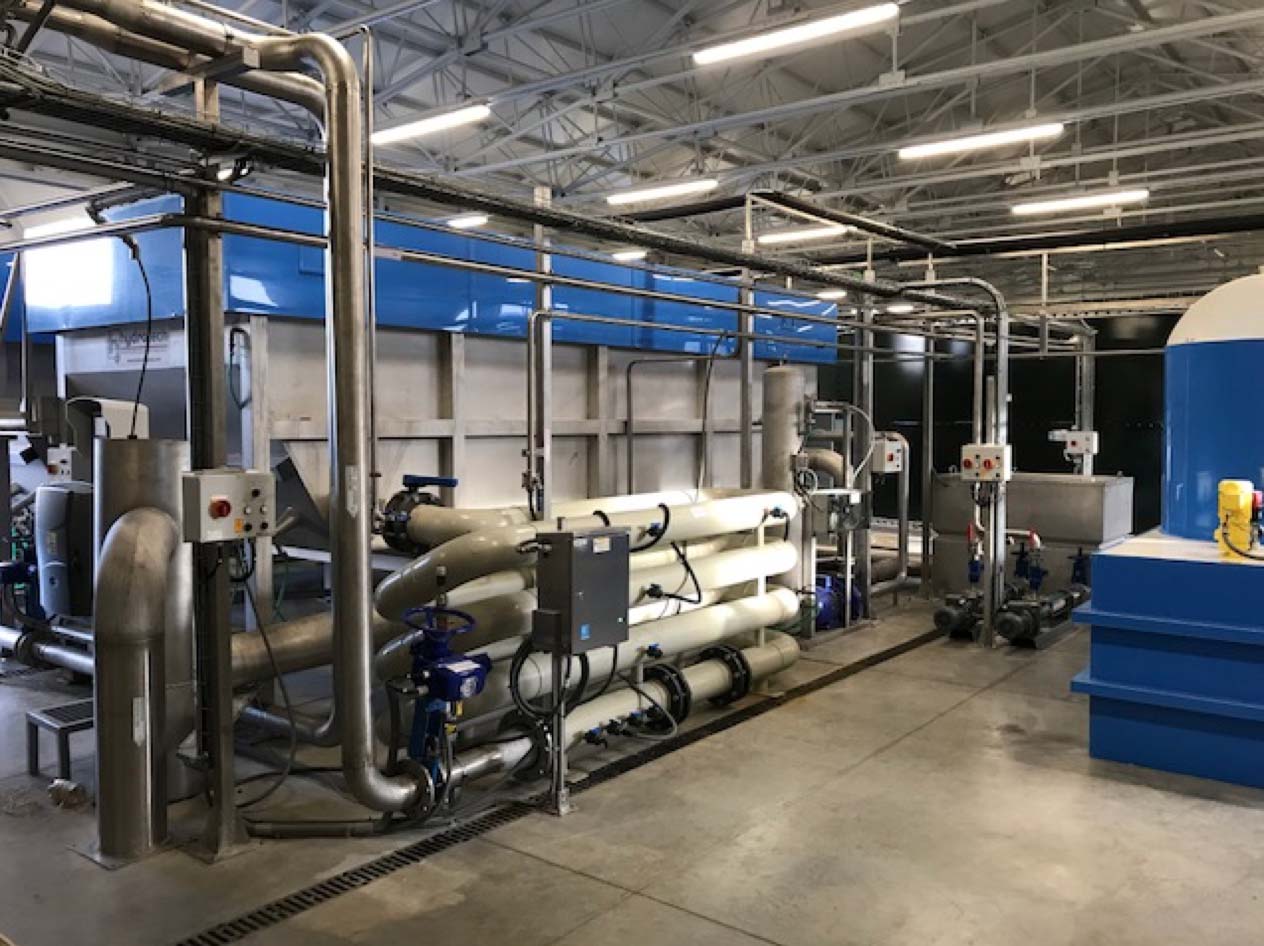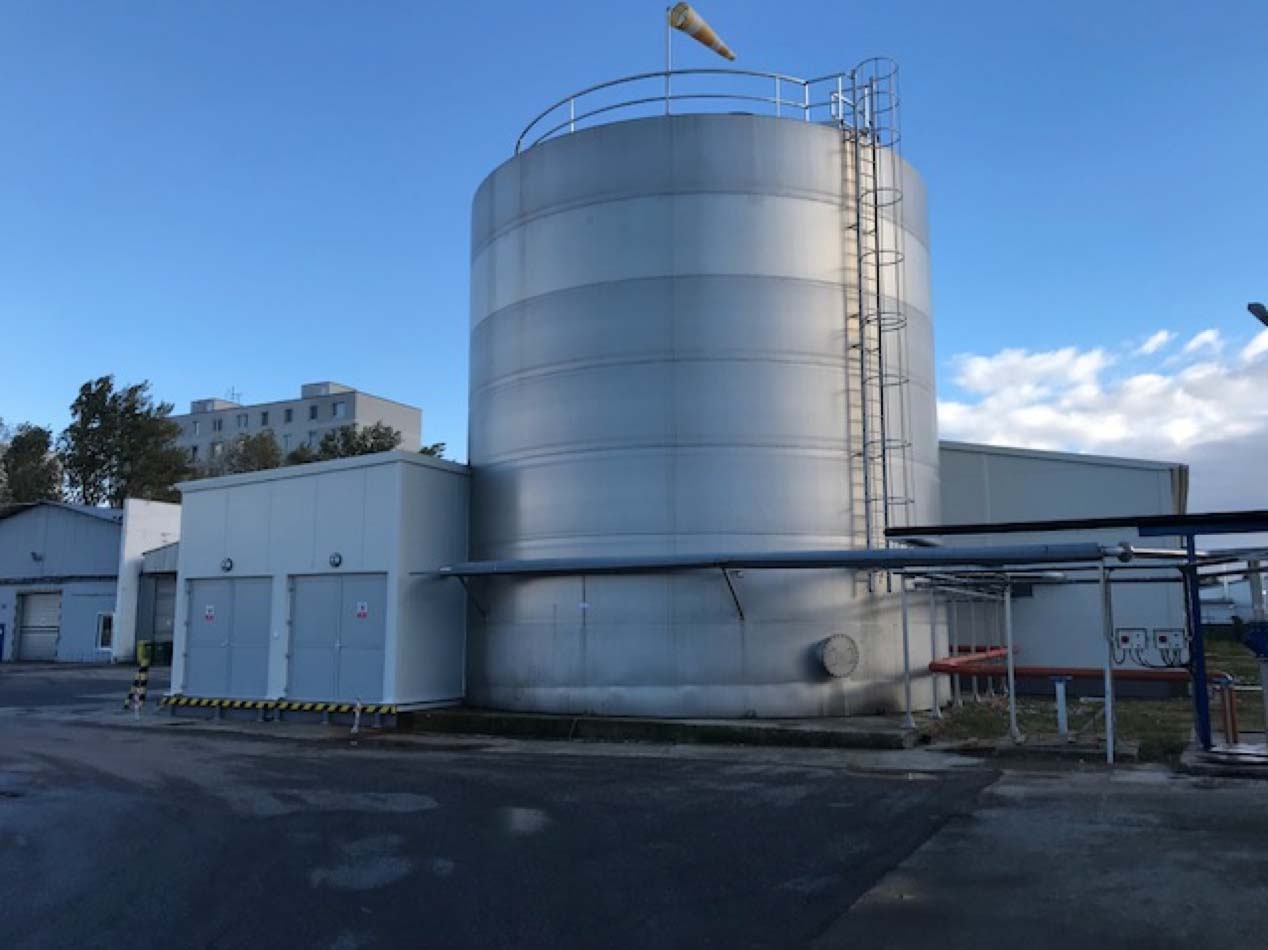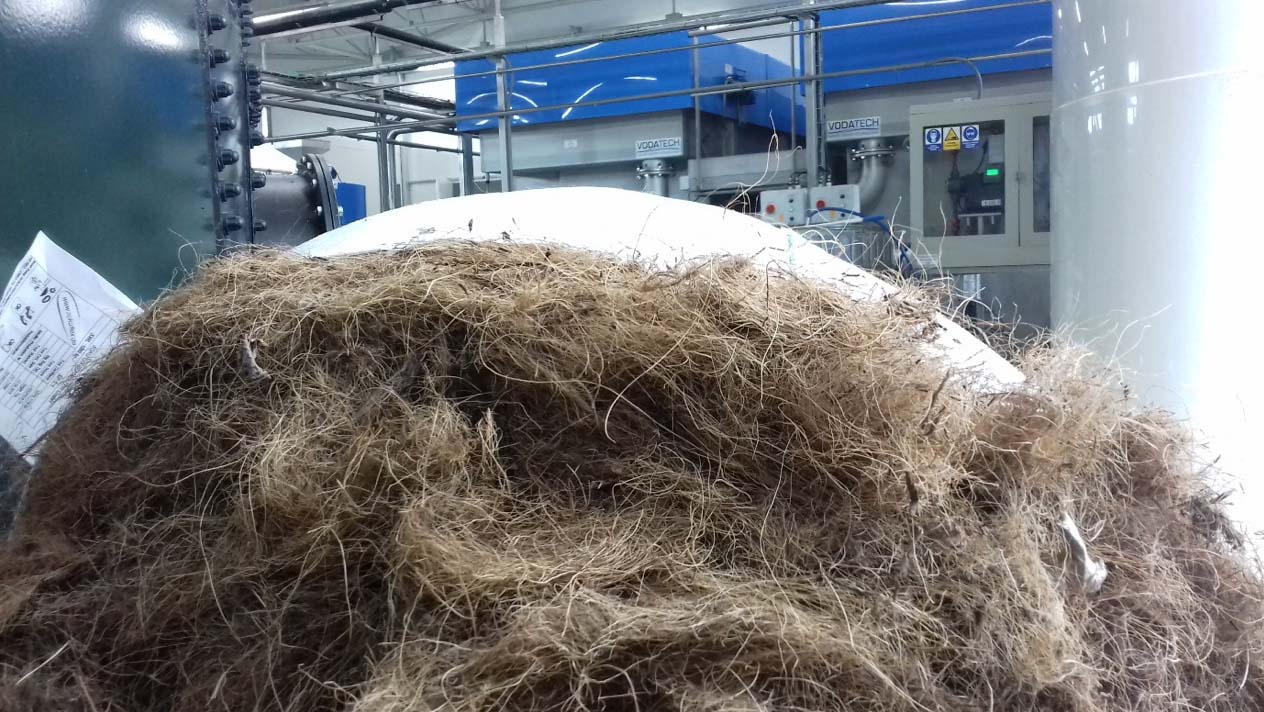Blog
3 methods of wastewater treatment in dairy processing industry
Good news! The wastewater in the dairy processing industry is not that hard to clean. However, the technology employed is fairly complex.

This article covers description and our experience with various applicable methods for dairy wastewater treatment. Later on, we will highlight the troublesome parts in terms of design, implementation, and operation which you need to keep in mind.
Hydrotech's experience
Hydrotech has wide experience with dairy wastewater treatment. We designed and implemented dairy wastewater treatment plants using three different methods.
1. The simplest method focused solely on pre-cleaning the wastewater to comply with the limits for its release into the public sewer system.
2. The second method consisted of mechanical pre-treatment, aerobic biological treatment and post-treatment due to the higher standards applied to the wastewater before its release (more in the next article).
3. Eco-friendly model: the third WWTP option covered mechanical pre-treatment, anaerobic biological treatment, biogas conversion, and aerobic biological post-treatment (more in the next article).
All of these methods are applicable and can be found on our website in the Case studies section. The right choice depends rather on the investor's limitations or future operator's preferences.
The most cost-effective option
The most investment-optimized option is surely the partial treatment with subsequent release of water into public sewers.
Such WWTPs are usually more energy efficient due to the lower machinery requirements. The most significant financial disadvantage might be the higher fees for release of water into public sewers.

Equalization tank
If you broke down a WWTP into the most crucial parts, the equalization tank would be the first on the list. Its key role in the entire process is to smooth out the different quality of the incoming effluent. The effluent detention period of several hours and its mixing contributes to the homogenization (i.e. equalization) of the water values.
The tank's second function is to neutralize the water. The acid or alkali dosing is adjusted to ensure the appropriate working range of pH-values. In most cases, the technologies work with neutral pH-value.
In our humble opinion...
The size of the equalization tank and neutralizer dosing rate is closely linked to the discipline and processes deployed in the production.
It means you should observe the consumption of chemicals in the plant to evaluate if it's appropriate or thoroughly observe accidents deteriorating the product and/or the raw materials usually disposed into the sewer system afterwards.
It also might be the whey processing, product leakage into the sewers, or many other reasons. That's why the equalization tank is in place.

Flotation: removal of insoluble substances, chemical oxygen demand (COD), extractable components & phosphorus
The second crucial technology employed in the dairy wastewater pre-treatment stage is the flotation. It is based on the coagulation and flocculation principle and serves to remove pollution from the insoluble substances.
Its effectiveness ranges from 40 to 80%. Part of the organic pollution is broken down along with the insoluble substances through the chemical oxygen demand. Its effectiveness, however, reaches the maximum of 60%.
This technology also removes a significant amount of extractable components and fats, or even phosphorus and phosphates. The sewage sludge is stored in the sludge tank for several hours, or even several days, before it is further processed.
If you have good relationships with the water company and sufficiently high limits applied to the pre-treated water, it could be released into the public sewers at this time.
If the investor, for various reasons, decides otherwise, the pre-treated water is ready for further biological treatment.
In our humble opinion...
Beware of the odor! Dairy and dairy wastewater is a very biodegradable material accompanied with strong odor (in the form of hydrogen sulphide).
This factor needs to be taken into consideration as soon as you start with the design of the WWTP and needs to be avoided as much as possible. This is certainly not a place to save money.
Invest in better ventilation, high-efficiency fans, air washer, composting filters with peat, coconut fibers etc., or use precipitants where the hydrogen sulphide is built. We highly recommend to pay full attention to this matter.

And this is the end of the first article on wastewater treatment in the dairy processing industry. If you’re interested in other options, read our next article on advanced wastewater treatment methods in the dairy processing industry.

By: Ing. Matúš Palguta, Chemical Tech
More articles
The future of water: seven not-so-optimistic predictions
What will happen to the glaciers in the Dolomites or to the groundwater in Spain?
How to deal with highly polluted wastewater in starch industry
Read how Hydrotech engineers have designed the process of anaerobic purification of starch wastewater.
The United Nations want to keep water for future generations. How do they prevent a deepening water crisis?
During the celebration of this year's International Day of Water, the United Nations launched an initiative that will last for a decade.
